Deodorize A Cutting Board
Cutting Boards, whichever type you may use, can become magnets for germs of many kinds. Wood is porous and can absorb odors from strong smelling foods. The garlic from one nights dinner could end up ruining the taste of your fresh cut peach the next morning. Keep that from happening by keeping your cutting both clean and deodorized. Worse than that, they can harbor bacteria within the cuts and you can end up with a moldy cutting board.
Keep your cutting board safe by adhering to the following steps that outline the proper procedure to keep your cutting board clean. After all, a clean cutting board is essential to healthful meal preparation.
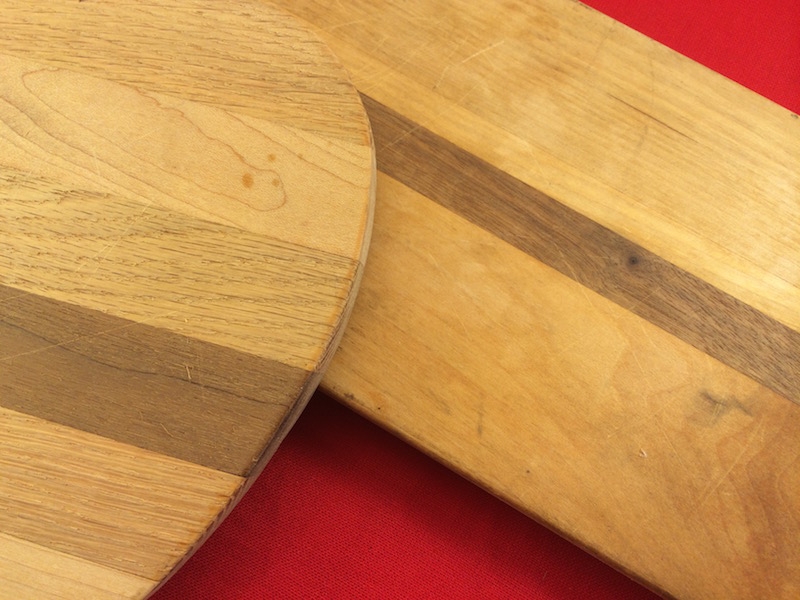
Steps to Clean a Cutting Board
Clean and Deodorize a Cutting Board
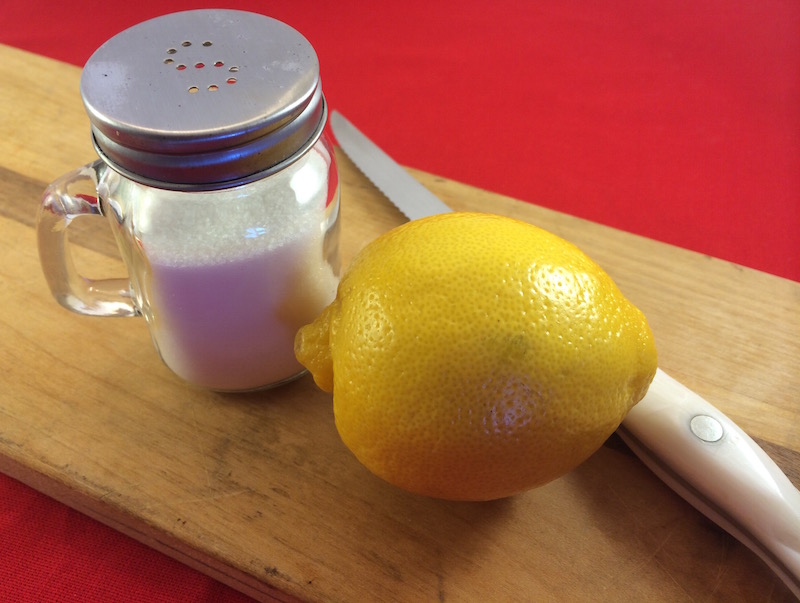
Steps To Clean And Deodorize A Cutting Board
To clean a cutting board and eliminate any residue odors, simply follow these instructions to clean and deodorize your cutting boards:
1) Wash and dry your cutting board with dish soap and hot water.
2) Cut a fresh lemon in half.
3) Sprinkle the cut end of the lemon with an ample amount of salt.
4) Rub the cut side all over the cutting board surface while pressing down on the lemon. Make sure you hit the entire surface of the cutting board.
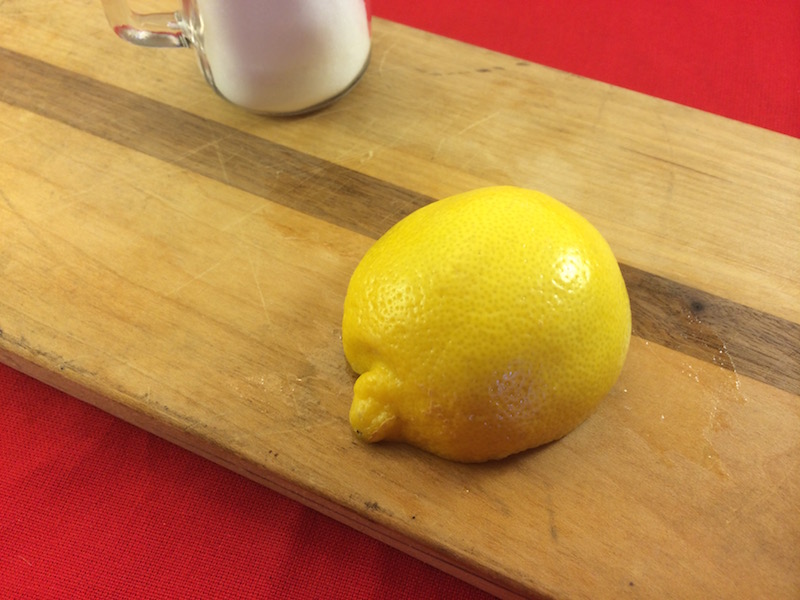
5) Rinse and then dry your cutting board before storing.
What You Can Do
Color coding your cutting boards can help prevent cross-contamination in your kitchen.
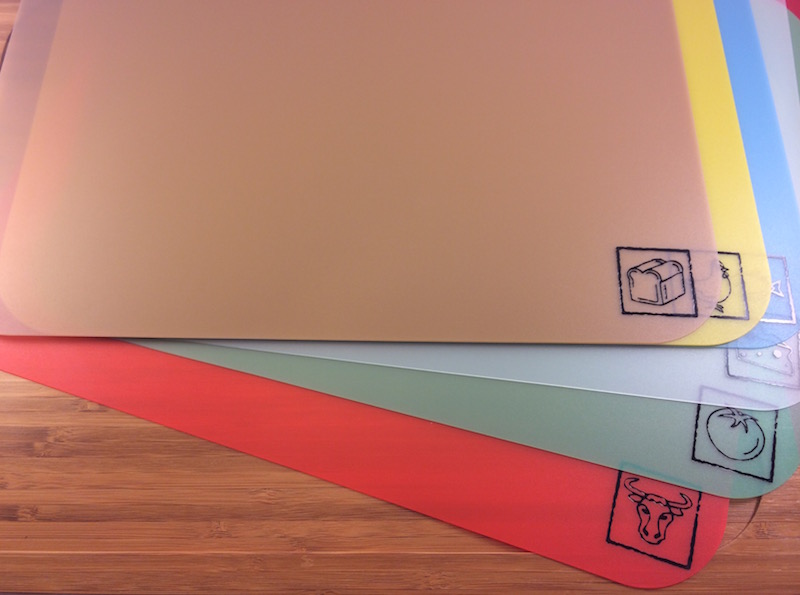
We like this colored set of cutting boards. The red one is always used to cut meats, the green one for vegetables, the white one for cheeses, the brown one is reserved for breads and desserts and so on. As a bonus, the bamboo cutting board holder makes both a nice serving tray with an insert for any colored board and a storage compartment for all of the other cutting boards. Sometimes I get lazy and use different sections of the same board to make the entire dinner – (one board seems like enough to wash after cooking – right?) but never with the red one. The red board is always reserved just for raw meats and then washed and dried immediately after use – just to be safe! Plastic boards do get scored easily by sharp knives and need to be tossed and replaced when worn.
Wooden cutting boards are preferred by many because they are easiest on your knives, biodegradable and better at resisting the formation of mold. These things are true whether your board is old or new, but you should season it with mineral oil once in awhile after cleaning. Also, you should never soak your wooden cutting board or wash it in the dishwasher. If you prefer wooden boards, you can still use a color-coded system. Use painters tape to mark off the end of your cutting board and then paint with acrylic paint a different color for each type of food on one end of the different boards. Paint the ends of the boards only, not any surface which will ever come in contact with food.
Additional Info
For more information on keeping a safe kitchen, see our post on kitchen safety tips.
To find out the shelf life of your favorite vegetables check our fresh vegetable menu and for fruits check our fresh fruit menu.
The set of cutting boards shown above is available here online.


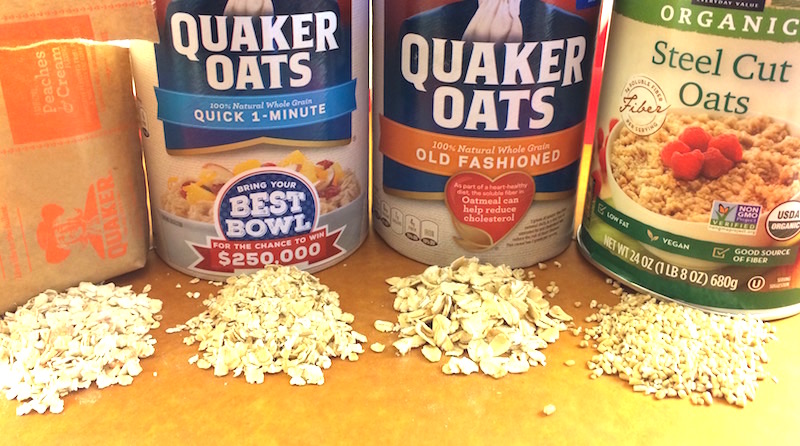

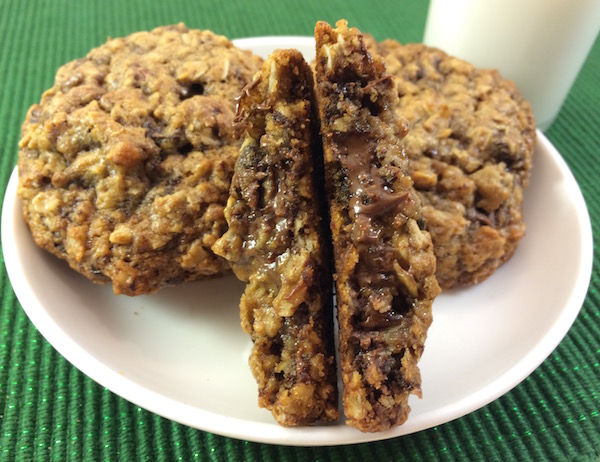

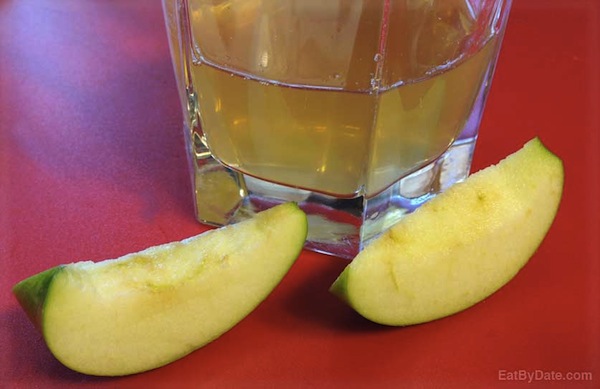
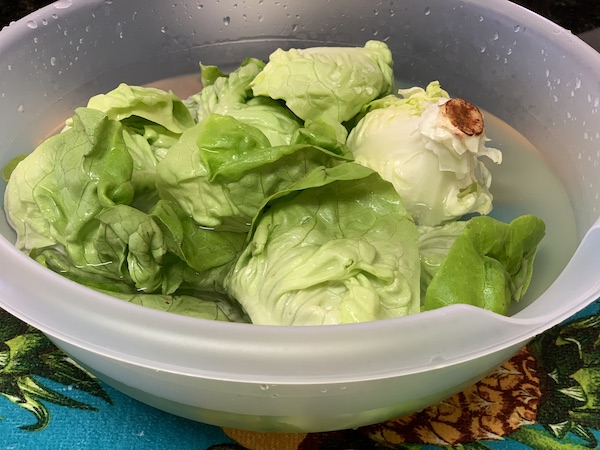
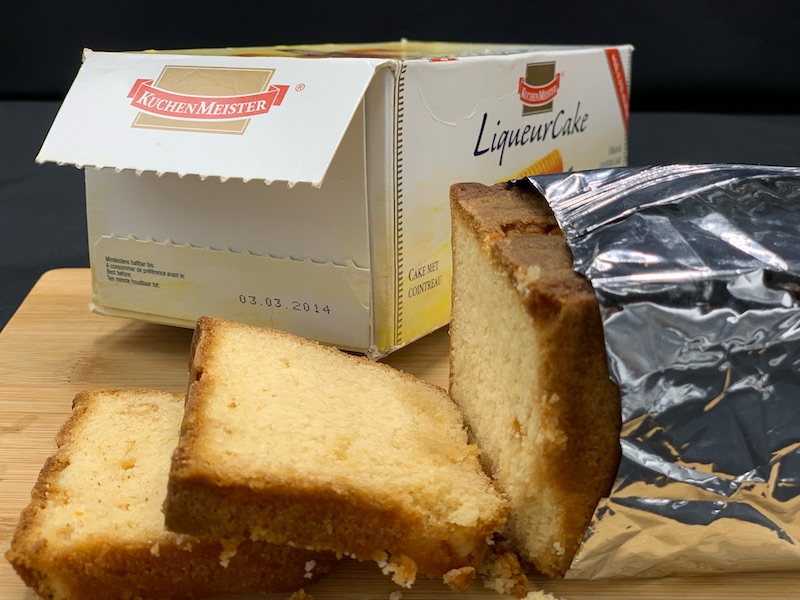
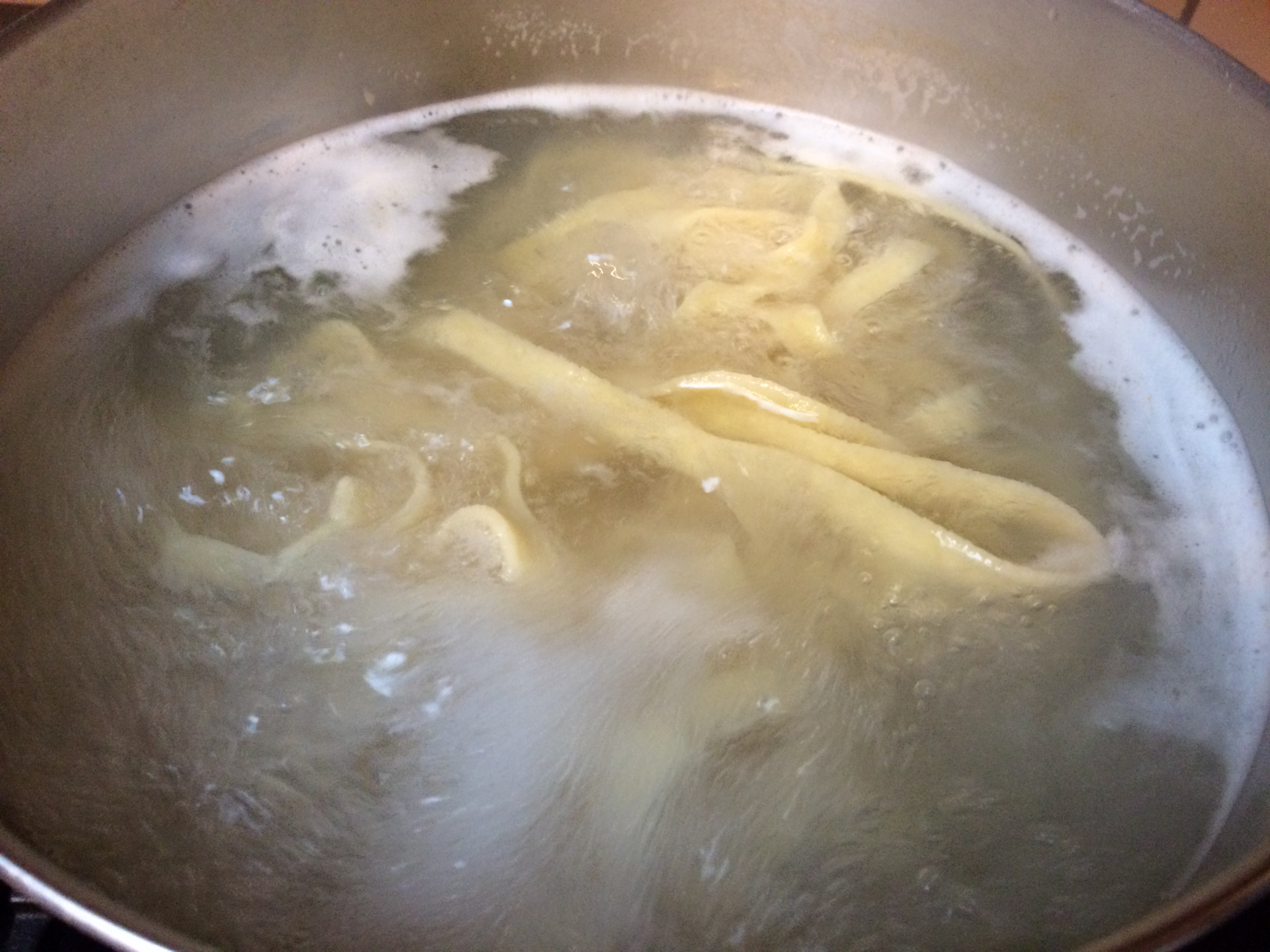
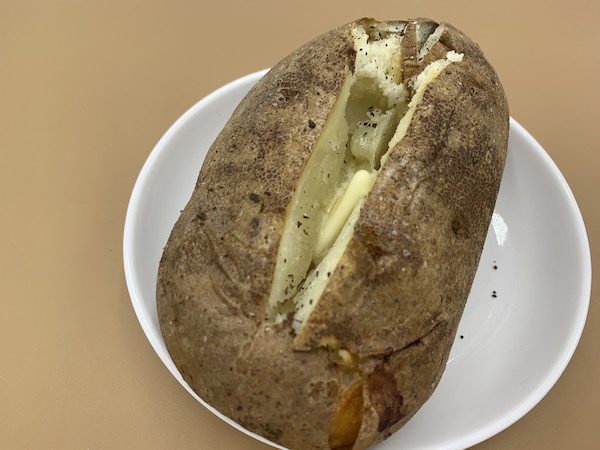
Leave A Comment Cancel reply